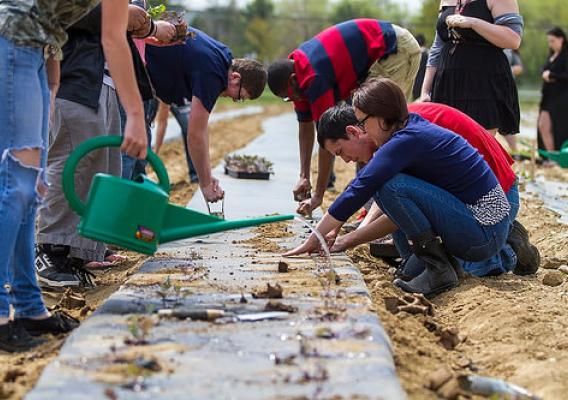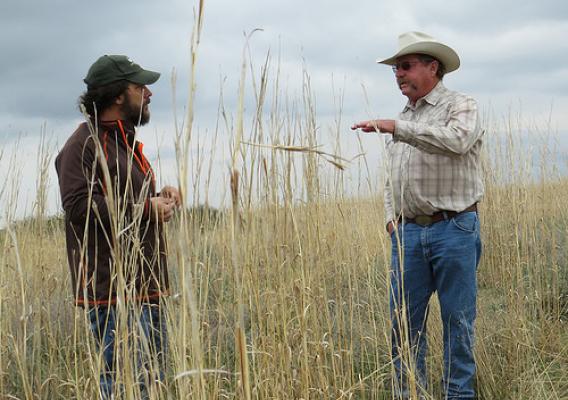Here at USDA, we believe in the power of community to make a difference. So when Alice Deal Middle School in Washington, DC, reached out to the USDA Center for Faith-based and Neighborhood Partnerships to come visit for their annual day of service, we were eager to welcome over 100 seventh graders to our headquarters to talk about the importance of environmental awareness and conservation practices, their theme for this year. With seventy percent of the nation’s land under private ownership, the success of USDA’s partnership with landowners to clean the air we breathe, conserve and clean the water we drink, prevent soil erosion, and create and protect wildlife habitat will depend on developing a strong next generation of conservation leaders like the Alice Deal students. So too, will our ability to manage the public lands and waters, including our national forests and grasslands that we hold in trust for the American people.
After a day with these bright young students, we’ve learned that we’re in pretty good hands.









